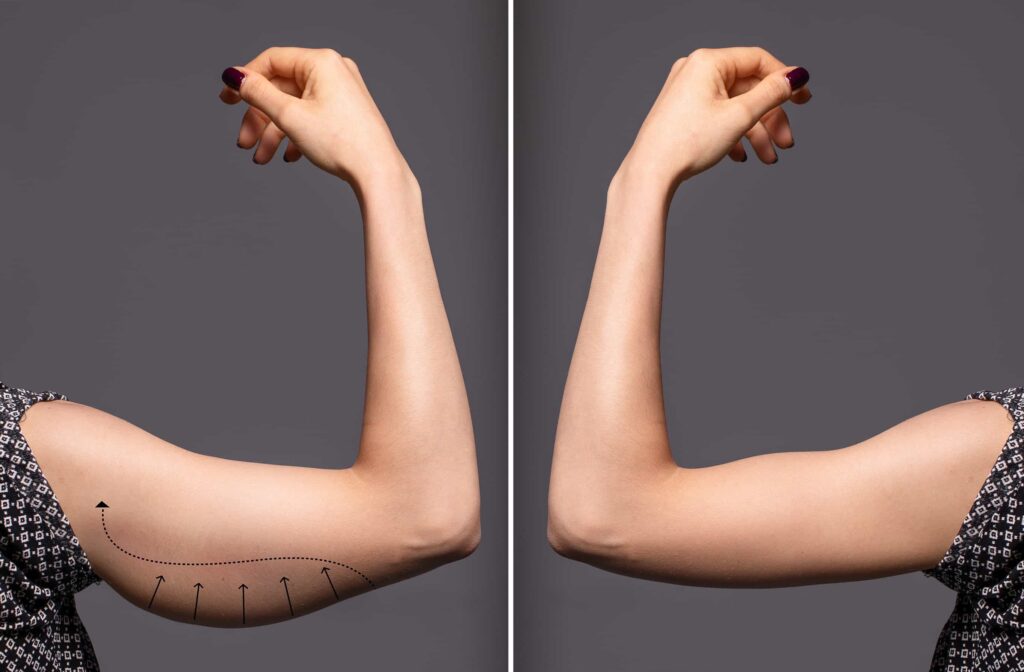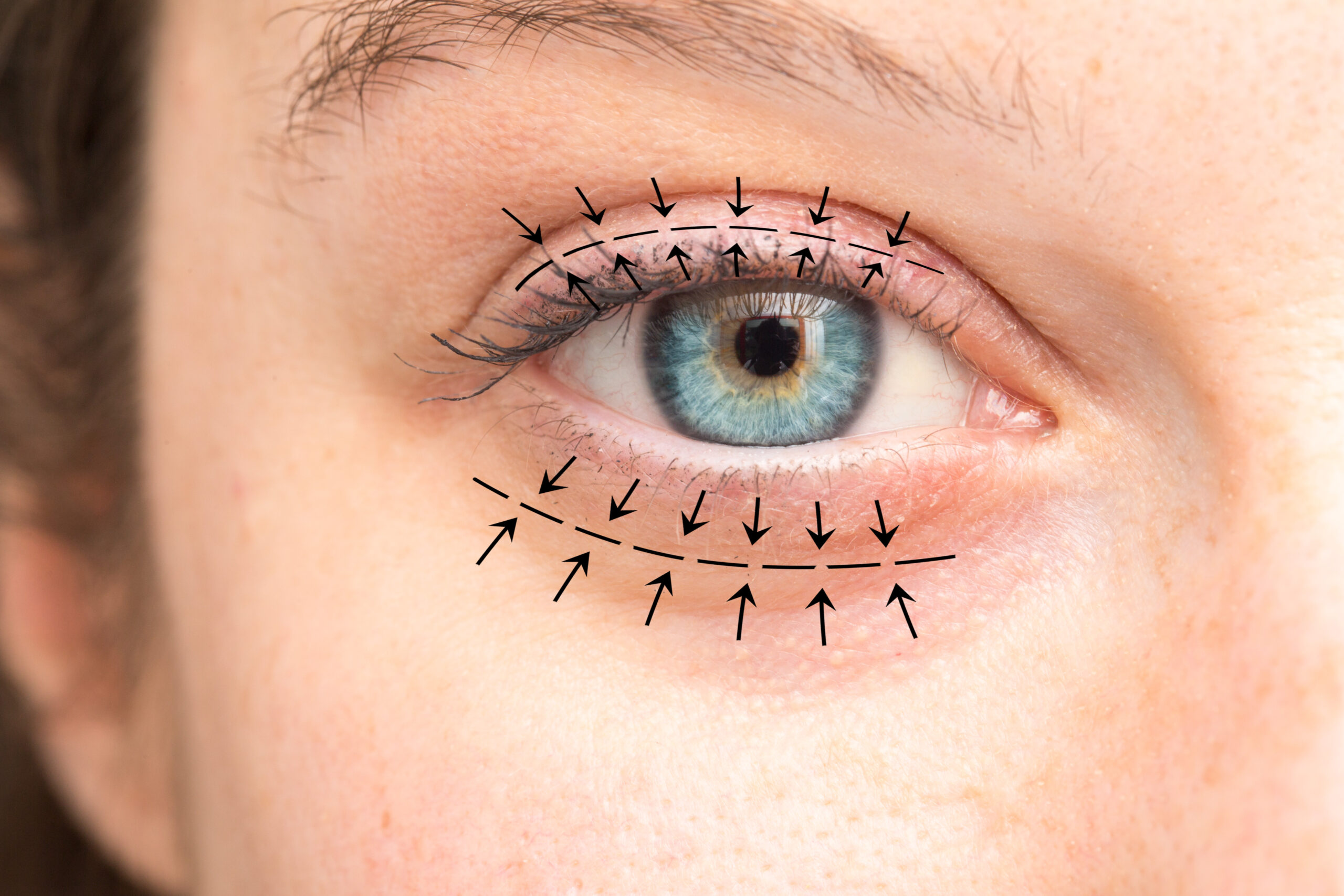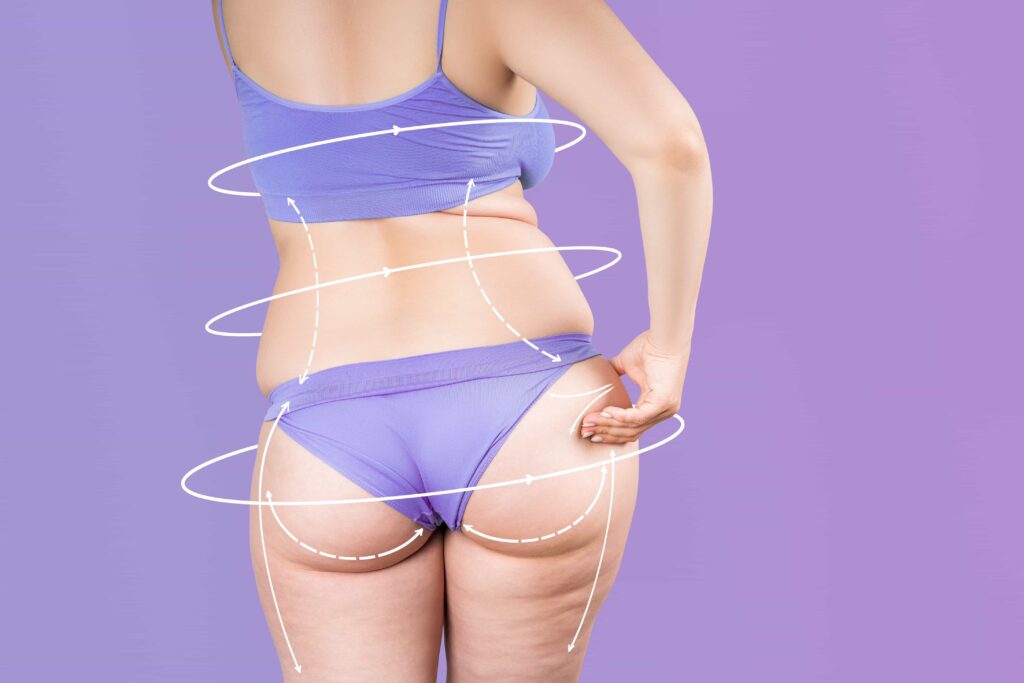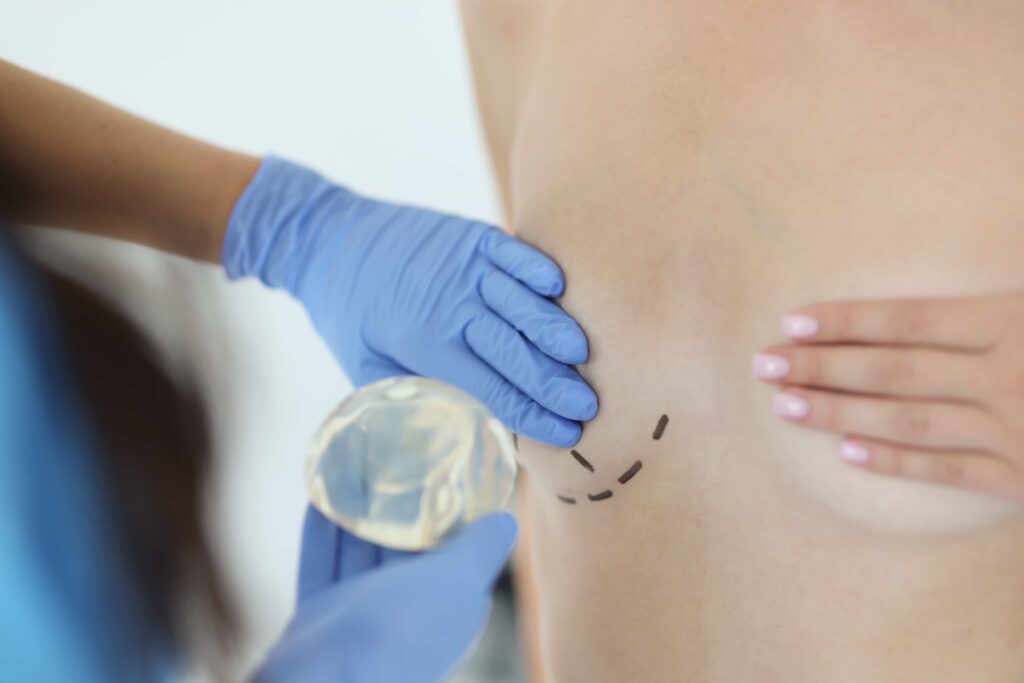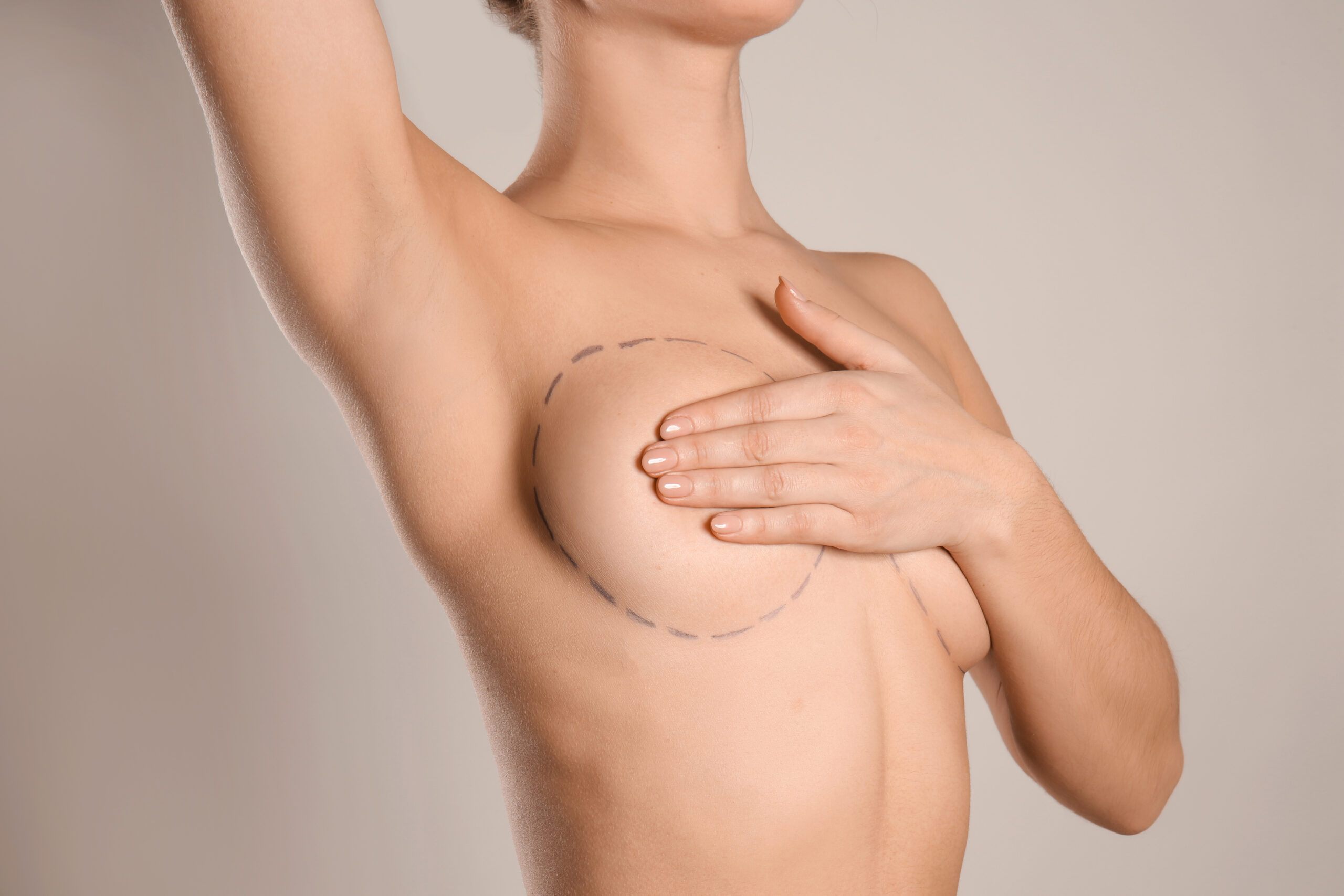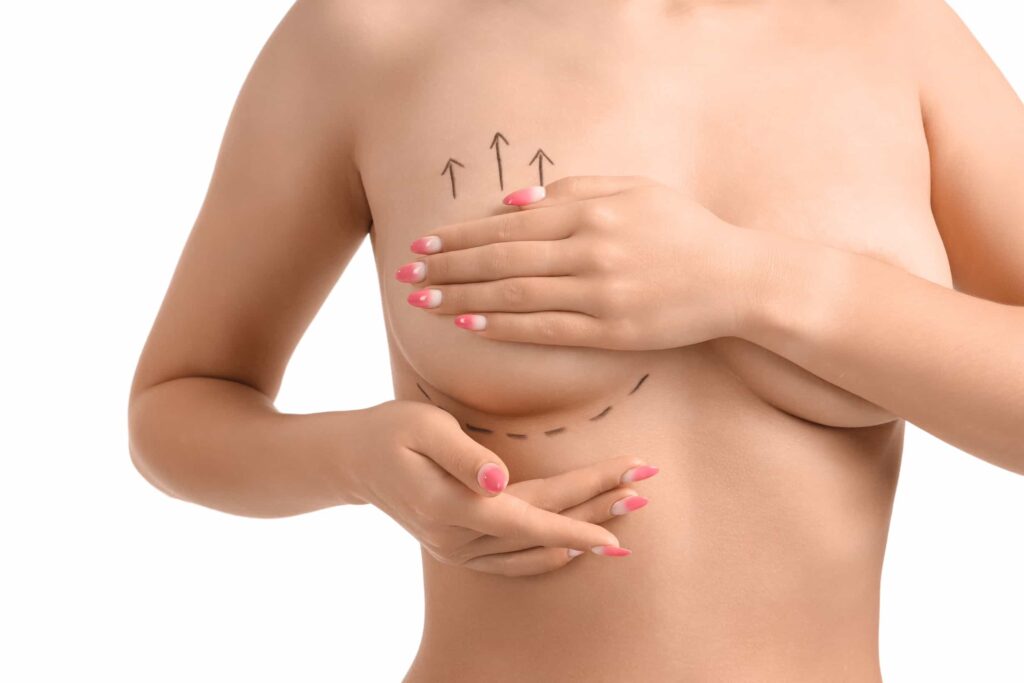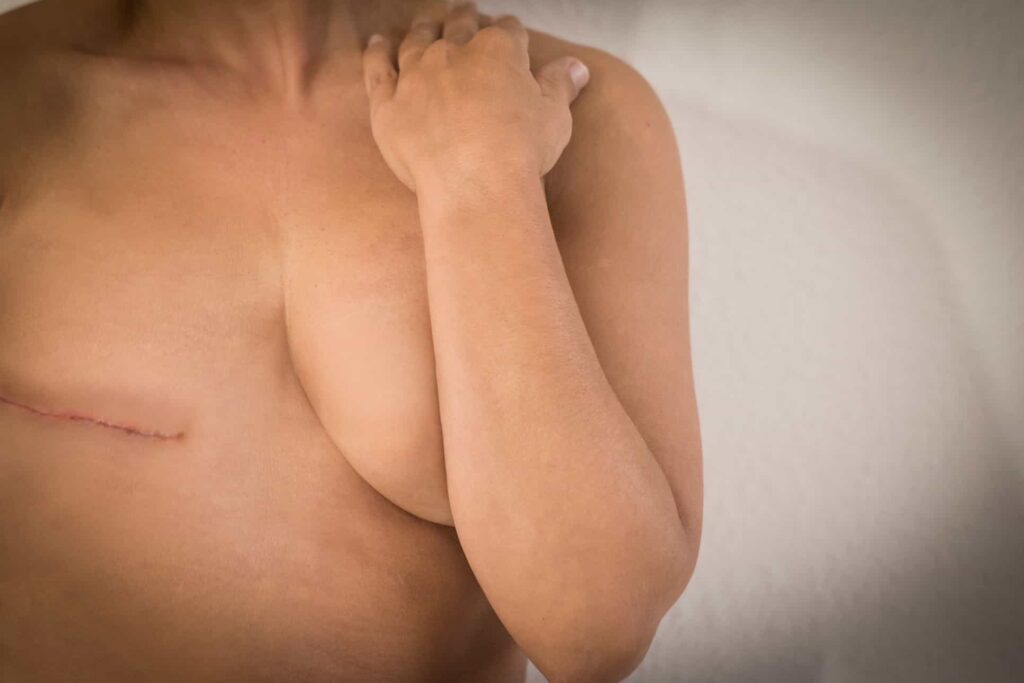An abdominoplasty, commonly referred to as a tummy tuck, is a surgical procedure, either cosmetic or reconstructive, to remove excess skin in abdominal region.

An abdominoplasty, commonly referred to as a tummy tuck, is a surgical procedure, either cosmetic or reconstructive in nature, that involves the removal of excess skin and adipose tissue from the abdominal region, as well as the tightening of the abdominal wall musculature.
A plastic surgeon will let you know if you’re a good candidate for a tummy tuck procedure. The ideal candidate should:
There are different tummy tuck options that your surgeon might recommend to help you reach your goals. Types of abdominoplasties may include:
A tummy tuck, or abdominoplasty, is a surgery that removes extra fat and skin. It also tightens weak or separated abdominal muscles, a condition called diastasis recti.
This procedure helps restore your shape after pregnancy or major weight changes.
Often, doctors combine a tummy tuck with liposuction for better results. This works well in areas like the flanks, hips, and thighs. Together, these procedures create a more balanced and sculpted look.
– Redrapes skin for a toned appearance.
– Permanently eliminates stretch marks below the belly button.
– May relieve urinary incontinence.
– Can reduce lower back pain.
– Increases self-esteem regarding physical appearance.
– Requires significant downtime; minimum two weeks off work.
– Light activity may resume after a few weeks, but full recovery can take up to 12 weeks.
– Swelling can last for several months, delaying the visibility of final results.
– Results in scars on the lower abdomen, typically concealed within the bikini line.
Before a tummy tuck procedure, you’ll meet with a plastic surgeon for a consultation. Your surgeon will learn more about:
After learning more about you, your surgeon will explain what tummy tuck options work for your situation. Your provider will take photographs of your abdominal area to compare the before and after results of your procedure.
Smoking increases complication risks and delays healing. If you smoke, you’ll need to stop for a period set by your provider, typically at least one month before surgery and two weeks after.
As part of your preoperative consultation, your surgeon may instruct you to stop taking certain blood-thinning medications and dietary supplements for a certain period before and after the surgery. This includes aspirin and nonsteroidal anti-inflammatories (NSAIDs). Don’t stop taking any medications unless a healthcare provider approves it.
Your surgeon will answer any questions you might have to give you more comfort and ease presurgery anxiety.
A tummy tuck is usually an outpatient procedure. This means you can go home after the surgery. You might need to stay in the hospital overnight if you’re undergoing more than one type of cosmetic surgery.
On the day of your procedure, you’ll receive general anesthesia. This will put you to sleep so you won’t feel any pain.
The steps of a tummy tuck vary based on what type your surgeon performs. Your surgeon will:
After the procedure, you’ll be under observation until your anesthetic wears off and your surgeon approves you to go home.
You’ll also get instructions to help you prepare for surgery and recovery. For example, you may need to:
•Ask someone to drive you to and from surgery and help at home
•Move frequently used items to an easy-to-reach spot
•Wear loose, comfortable clothes
•Use a hand-held shower head or a bathroom chair for more comfort
Next, keep in mind that recovery takes time. You’ll need to take at least two weeks off work.
After that, you can slowly start light activities. Full recovery may take up to 12 weeks.
Also, swelling may last for several months, which means your final results might take time to fully appear.
The results of a tummy tuck are permanent, but changes to your weight can affect the outcome of the procedure over time. A tummy tuck doesn’t prevent weight gain. If you’re in the process of reaching your ideal weight, don’t undergo a tummy tuck right away. Your surgeon will recommend you wait until your weight stops changing.
In addition, if you plan on expanding your family, your surgeon will recommend you postpone a tummy tuck. Your muscles and skin can stretch after pregnancy, which can affect the outcome of this procedure.
A tummy tuck is typically considered a safe procedure; however, like any surgical intervention, it is accompanied by certain risks. Your surgeon will review these risks with you during your consultation, allowing you to make an informed decision regarding your health.
In general, the cost of a partial abdominoplasty may range from $3,000 to $5,000, whereas a complete abdominoplasty typically ranges from $6,000 to $12,000.
According to the most recent statistics published by the American Society of Plastic Surgeons, the average cost of a tummy tuck is approximately $8,174.


